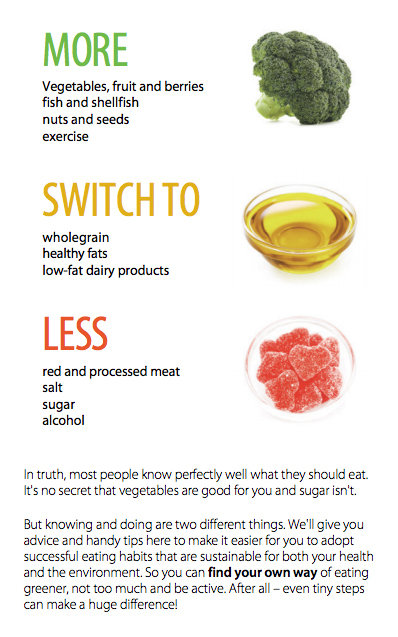A 20ft-long African rock python is being hunted by the police and snake catchers after it swallowed a 10-year-old boy near Durban, the first recorded "man-eating" incident for its species.
For three hours other children hid up mango trees near the township of Lamontville, too terrified to flee, as the snake first trapped the young boy and squeezed the life out of him before consuming him whole.
The hunt found no trace of the child, or his clothing, except for a trail of flattened grass leading down to a nearby stream.
The incident last week prompted widespread panic among the 50,000 residents of the township and great fascination among herpetologists across the country.
Eleven-year-old Khaye Buthelezi, who witnessed the extraordinary attack, was persuaded to revisit the site yesterday with The Sunday Telegraph. His eyes darting nervously for signs of the python, Khaye led the way to where his young companion had been gathering fallen fruit when he was seized by the giant snake.
"The snake quickly wrapped itself around his body, pinning his arms to his side. He didn't cry or scream and neither did the rest of us - we didn't want the snake to come and take us as well.
"The snake squeezed tighter and tighter around him until his eyes closed and his head fell back so I thought he was dead or had fainted. Then the snake's mouth opened very, very wide and started to swallow him from the head down - his clothes and everything. It all took about three hours because it was dark when we saw it slither away and we finally came down from the tree."
Snake experts and the police followed the python's trail from the scene to a nearby stream, which the herpetologists said the snake would have used as an easy route to get away to digest its prey.
Craig Smith, the owner of a snake park in Durban, is one of those who is attempting to find the python. "The children I spoke to had excellent detail about the snake's markings and killing technique, which suggested that they were either reptile experts or had had the chance to watch something like this for a very long time," he said. "This will be the first time this species has been known to be a man-eater."
He said the snake had probably just woken from its winter hibernation and was extremely hungry when the boy wandered into its path. "We have never had a case of an African rock python eating a human, but they are very opportunistic eaters and the snake was obviously hungry enough to think it could cope with a child."
Snake hunts by the township community are being organised each day to locate the python, but they have been told not to kill it but call in the experts instead. African rock pythons are a protected species in South Africa where they are coveted for muti - traditional healing - and their skin.
They are non-venomous and their usual choice of prey include monkeys, pigs, birds and other warm-blooded animals. Like all snakes, they swallow prey whole, head first, and are careful not to break any bones during the constriction process, which would hinder swallowing.
The python's top and bottom jaws are attached to each other with stretchy ligaments, which allow the snake to swallow animals wider than itself. Its food is slowly digested by very strong acids in the animal's stomach, which means that once it has taken a large item of prey it must rest for many days.
"We have a week or more to find the snake and will be able to see from its droppings what it has eaten. I am hoping to take it to my snake farm where it would be a great tourist attraction," Mr Smith added.
Meanwhile, the police are going from house to house among the sprawling townships of Durban trying to establish the identity of the boy who was taken. Khaye said: "I had seen the boy before, I think he was a year or so younger than me, but I didn't know his name, where he lived or went to school."
Insp Jack Haskins, of the Durban police, who is investigating the case, said: "In these communities it sometimes takes a few days for someone to come forward and report a child missing because children often stay over at the homes of relatives in the area and so the boy's parents might not yet be aware that he is missing."



















